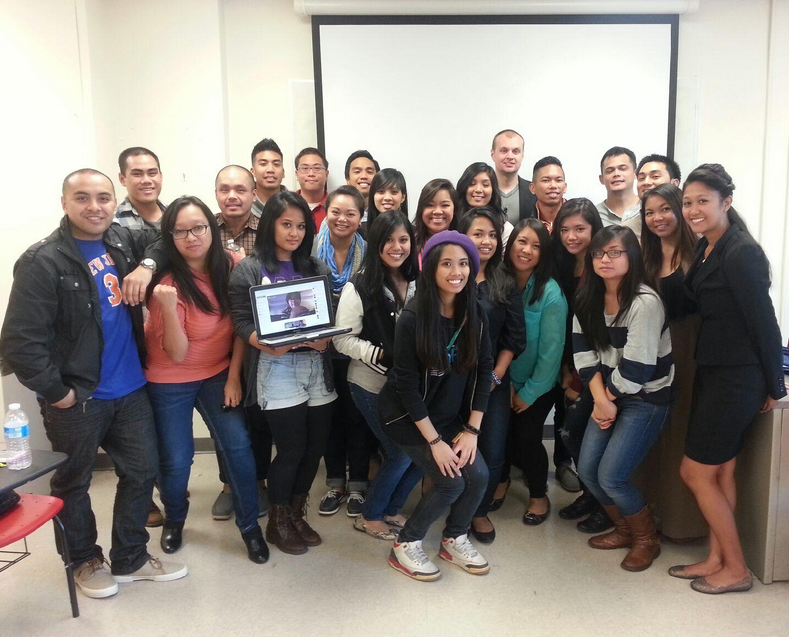FOR IMMEDIATE RELEASE FOR FURTHER INFORMATION: Therese Franceazca Balagtas, Director of Communications, guest contributor
On August 28th, Pilipino American Unity for Progress (UniPro) announced their newly elected executive board officers for 2013-2014. The new board will consist of Rachelle Ocampo as President, Iris Zalun as Vice President, Jonelyn Planillo as Treasurer, Kirklyn Escondo as Secretary, Randy Gonzales as Legal Counsel, and Suzette Briones as Board Chairperson.
This year’s election was held in Manhattan and was presided by Founder, Former Executive Director, and current Board of Trustee member Steven Raga.
In addition to the newly elected executive board, a newly appointed set of staff members were also introduced: Program Director of Staff Development: Iris Zalun, Head of HR: Marisa McCloskey, Program Director of Community Building: Kirklyn Escondo, Community Building Proxy: Carlo Limbog, Program Director of USAPAN: Mark Libatique, Director of Information Technology: Keith Guirao, Interim Director of Communications: Therese Franceazca Balagtas, Blog Director: Ryann Tanap, Summit Co-Chairs: Noel Aglubat and Jennifer Delos Santos, Grant Writing Chair: Randy Gonzales, and Fundraising Chair: Stephanie Chrispin.
Elected for a second term as UniPro’s president, Rachelle Ocampo states, "I cannot begin to express my appreciation that I was elected to be a part of this truly inspiring group of community leaders for another year. Last year was a wake-up call for our Executive Board that there is so much outreach, issues, and education that needs to be addressed. There were many challenges that drove the E-board to grow both as individuals and as community leaders. I cannot thank the ladies I worked with the past year enough for their persistence and motivation to keep going. I always joked around whenever someone mentions how well I am leading UniPro, but in reality- it was the extreme dedication and sacrifices of the E- Board- Iris, Jonelyn, & Meriden; the Program Directors, Kirklyn Escondo, Kristina Joyas, Gecile Fojas, Ivan Gonzales, Keith Guirao, and our incredible Staff & Interns that made each event and initiative a success. This year we have a huge responsibility to continue our collaborative efforts and break barriers in the Asian community- the time is now to educate, collaborate, and act!"
Kirklyn Escondo discusses her new role as the organization’s Secretary and talks about the goals of the organization. Ms. Escondo states, “I look forward to being of service to UniPro and the Filipino community in my new capacity as Secretary. I hope to contribute to UniPro's mission and vision by actively finding new, innovative ways for UniPro to work collaboratively with organizations and individuals who have the like-minded goal of promoting unity and progress in the Filipino community.”
UniPro is currently preparing for UniVote 2013, an initiative promoting civic engagement in the Filipino American community.
If you would like to join or contact UniPro, please forward your inquiries to Kirklyn Escondo at kirklyn.escondo@unipronow.org or feel free to attend our monthly staff meetings on the first Thursday of every month.
Pilipino American Unity for Progress (UniPro) is a 501(c)3 non-profit organization made up primarily of Pilipino American students and young professionals. Our mission as an organization is to facilitate and encourage cooperation through coalition development among various Pilipino organizations, institutions, and programs. UniPro also engages in various projects that promote the Pilipino community in American society. For more information, visit www.unipronow.org.





